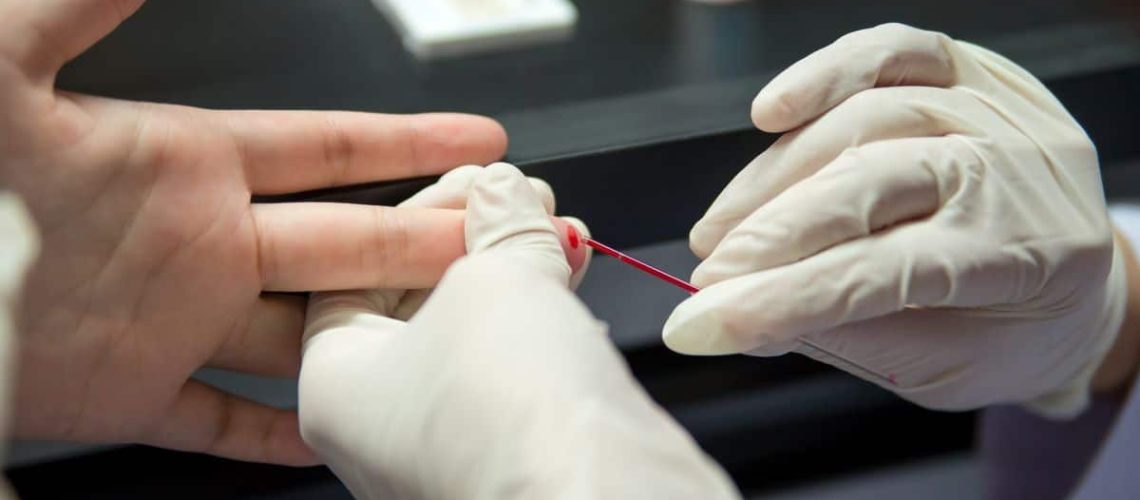One group of Americans is becoming disproportionately at risk of contracting HIV – and little is being done on a federal level to address the discrepancies.
An Unusual Trend
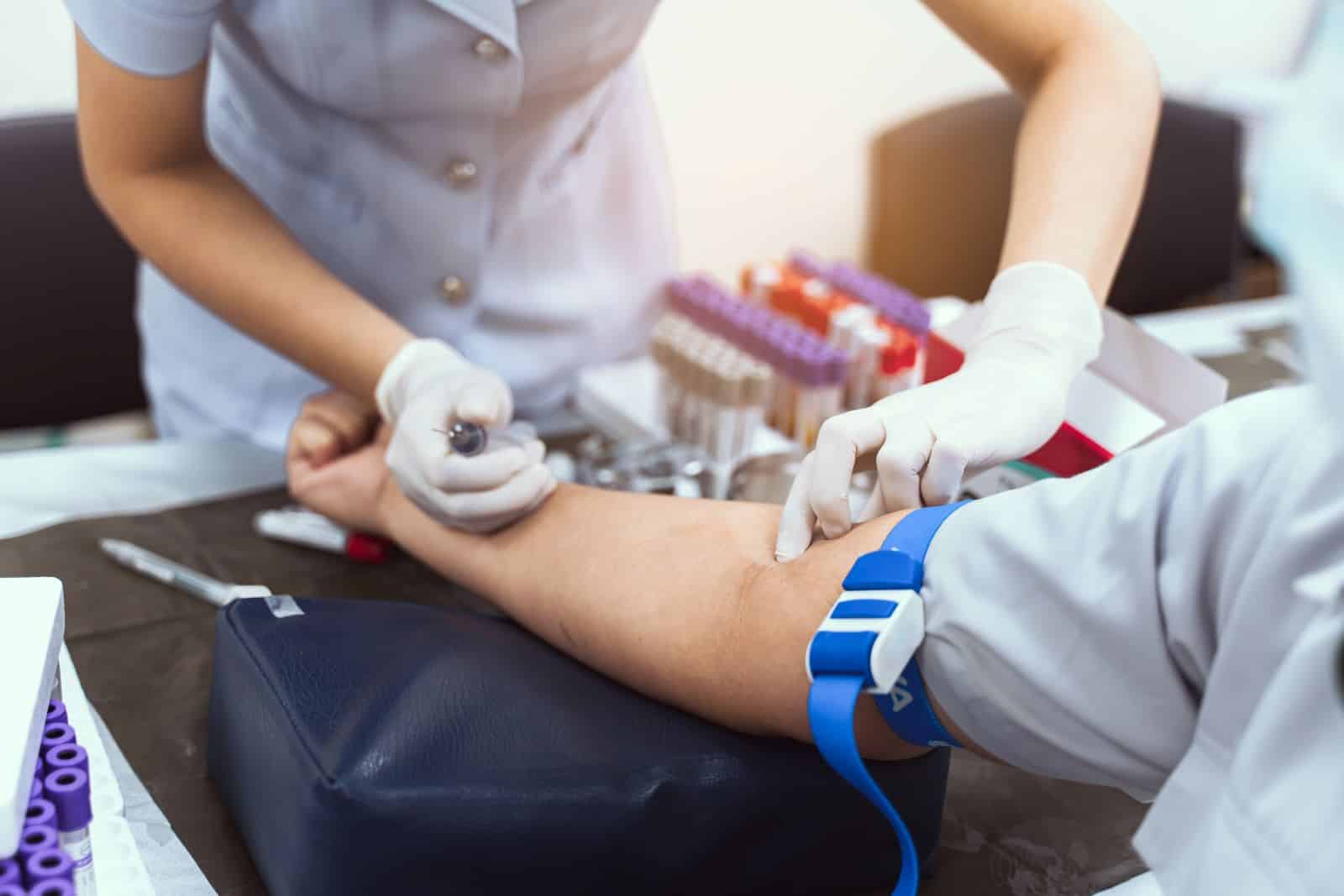
Rates of HIV infection have been declining amongst the general population for decades – but one group of Americans is seeing these numbers fall much more slowly than the rest.
Disproportionate Rates for Latino Men

While broader rates of new infections have fallen by 23% in the US between 2012 and 2022, a new analysis from the KFF Health News-Associated Press has found that young, gay, and bisexual Latino men are disproportionately contracting and testing positive for the disease in recent years.
33% of New Infections
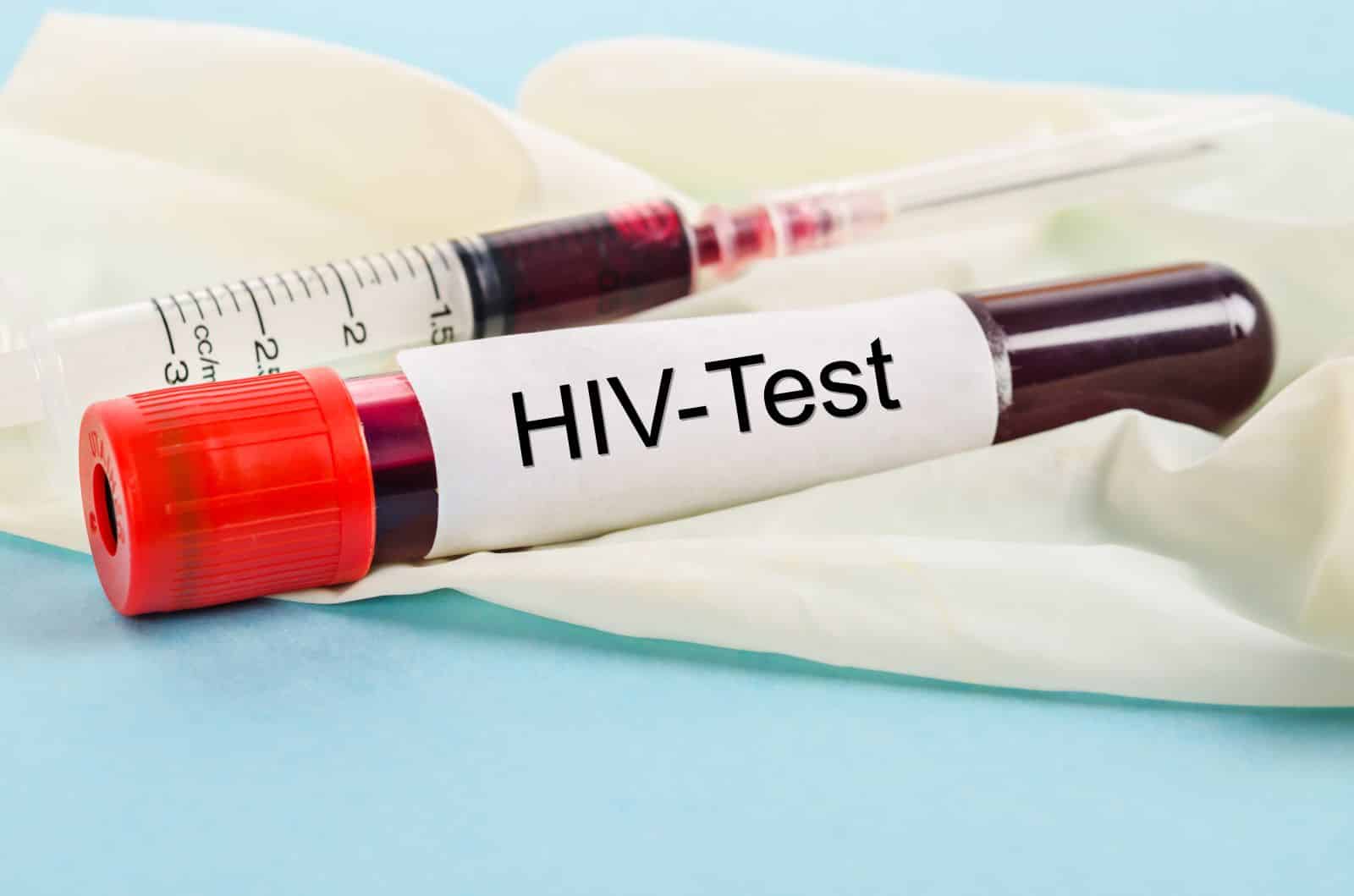
Young gay and bisexual Latino men now make up 33% of new HIV infections, despite representing just 19% of the US population.
Most at Risk
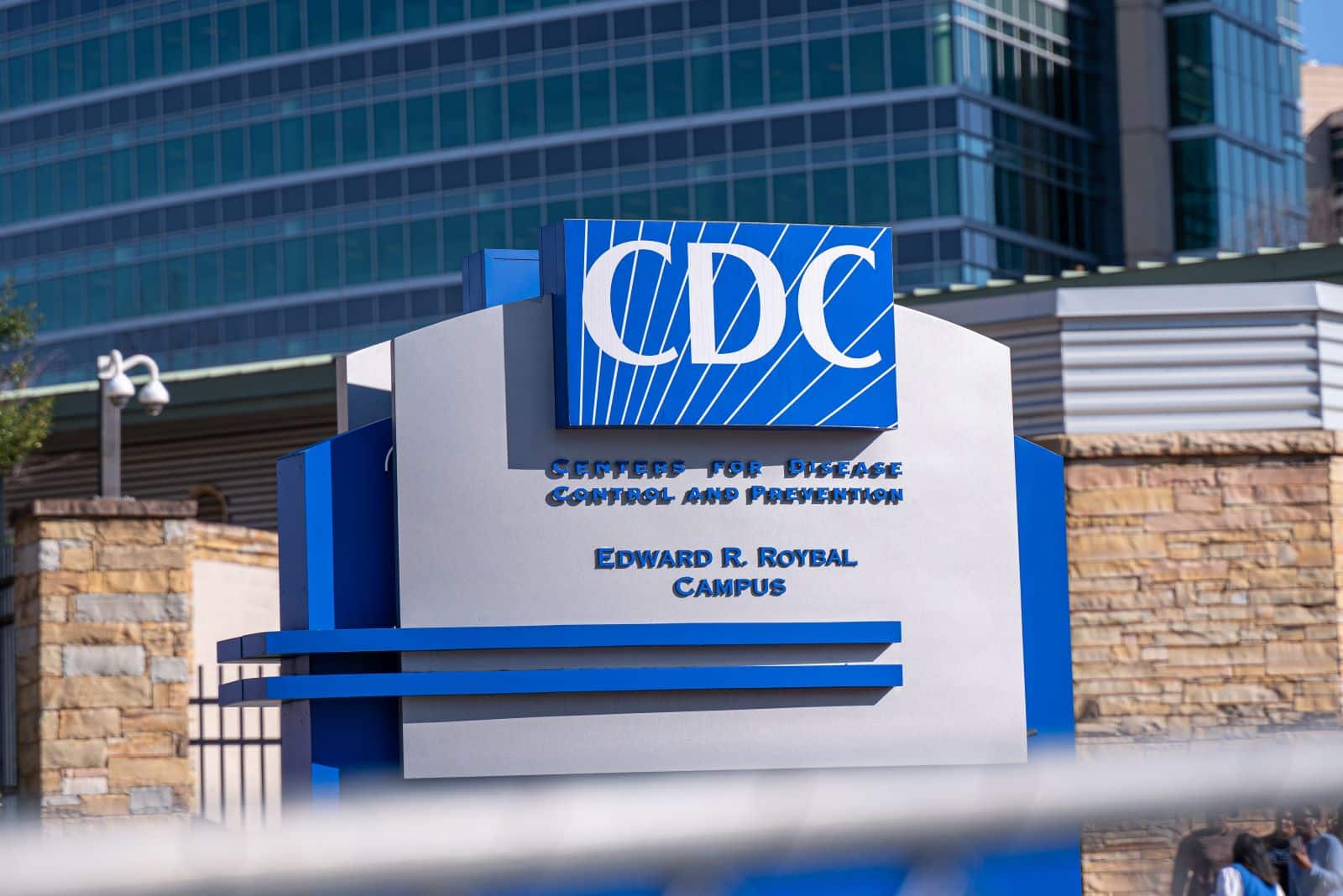
New data from the Centers for Disease Control and Prevention (CDC) now lists young Latino men as the most at risk for new HIV infections based on the most recent data.
Racial Minorities Disproportionately Affected

Racial minority groups have long been most at risk for HIV infections. While Latino men are now most at risk of new infections, African-American men still have the highest rates of HIV of any demographic overall.
Higher in Poor Regions
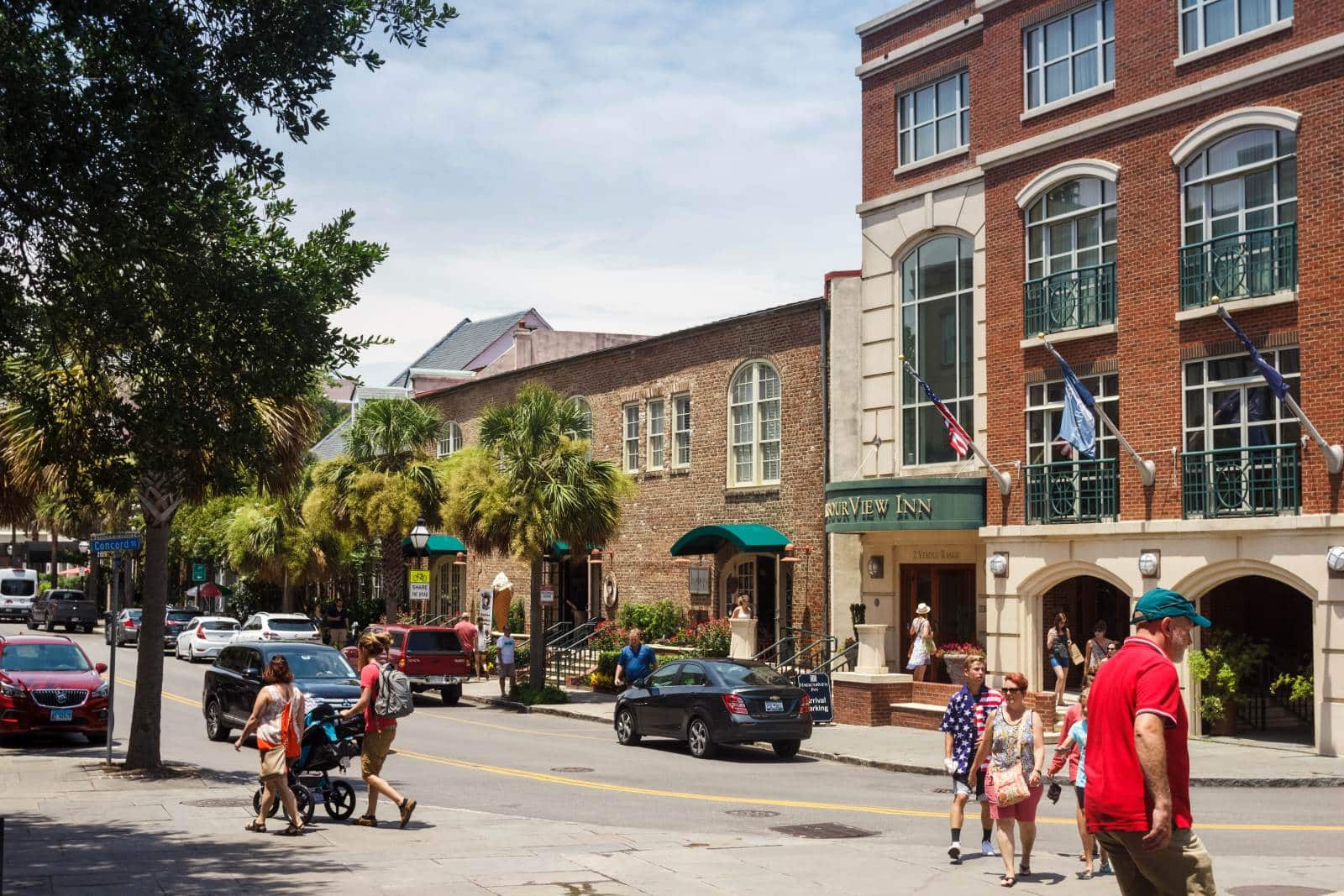
Not only are Latino men experiencing disproportionately high rates of infections and diagnoses, but the highest amount of these new cases come from poorer southeastern regions of the country, in Kentucky, Louisiana, Georgia, and South Carolina.
Rooted in Racial and Cultural Barriers

Healthcare experts have pointed to concrete reasons for these ethnic disparities, which are rooted in economic inequality, racism, language barriers, and cultural distrust of medical institutions.
Restricted Efficacy

For example, some community outreach workers who were hired to work with AIDs patients in South Carolina are not multilingual, therefore their efficacy when working with Latin-American immigrants is highly restricted.
Limited Workers and Testing
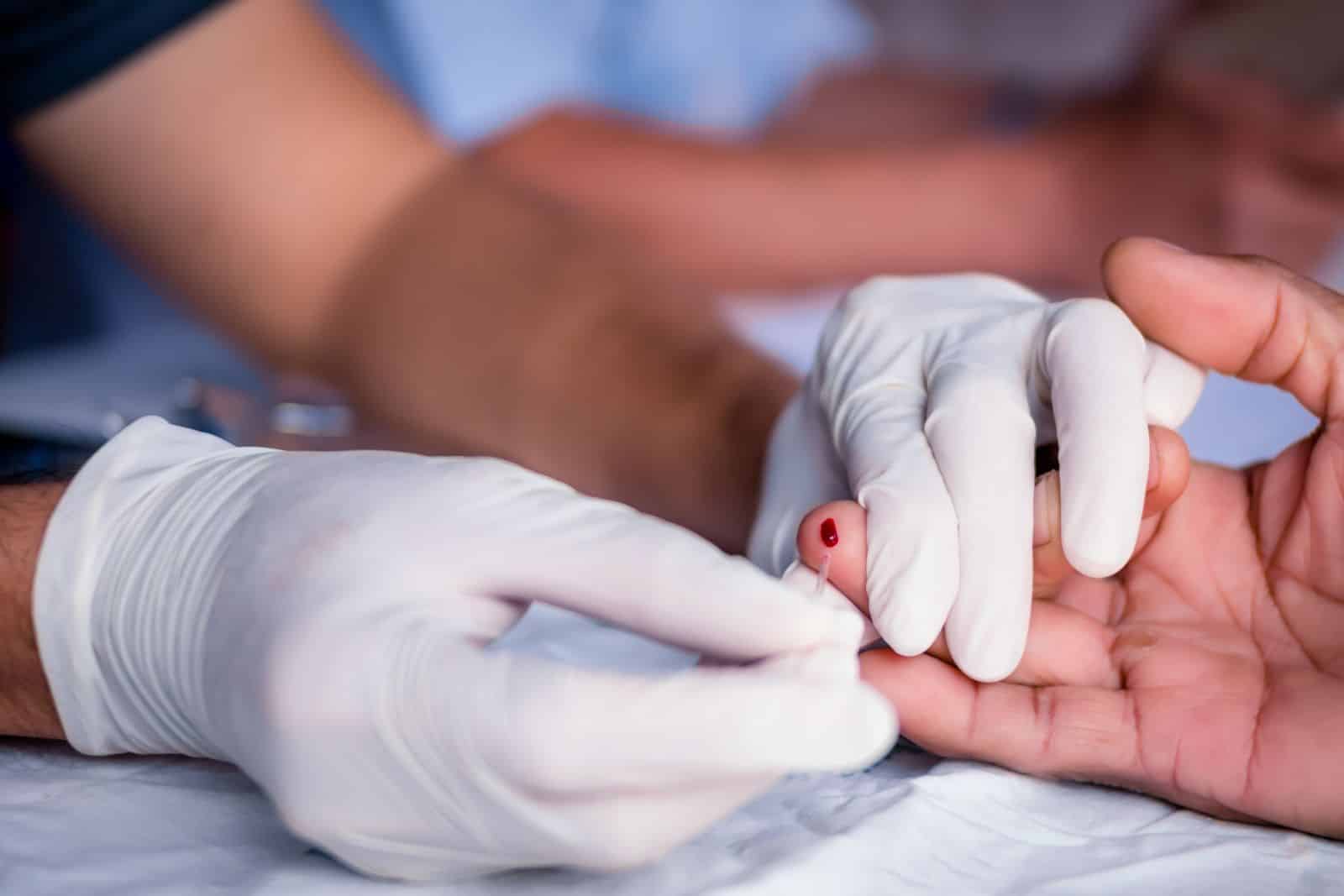
Despite South Carolinian Latinos sorely needing more healthcare access from HIV outreach, they have limited community workers and rural testing. HIV rates for Latinos in South Carolina have doubled between 2012 and 2022.
“Disparities Are Not Inevitable”
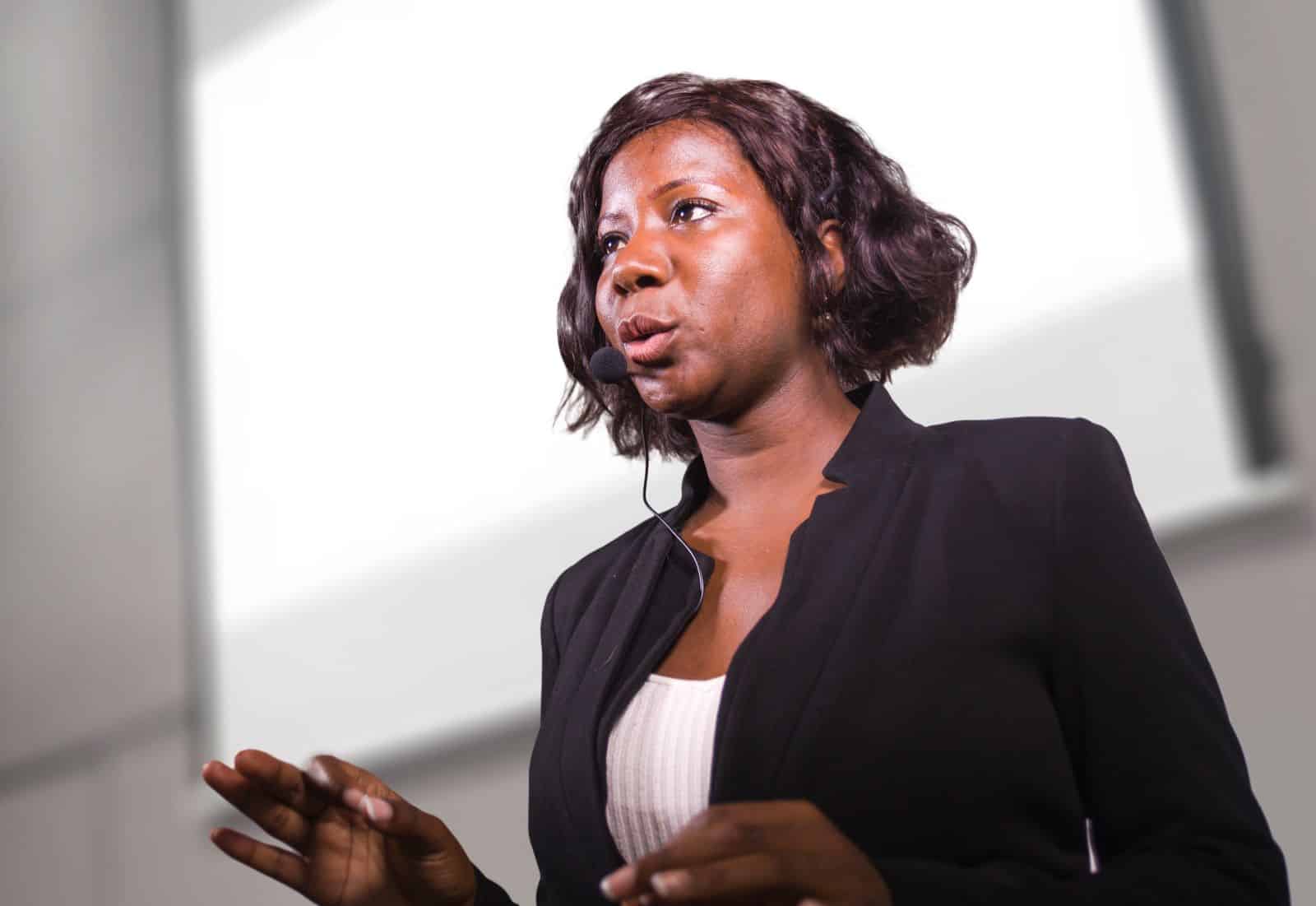
“HIV disparities are not inevitable,” said Robyn Neblett Fanfair, who directs the CDC’s Division of HIV Prevention.
A Few Years After the Campaign Began
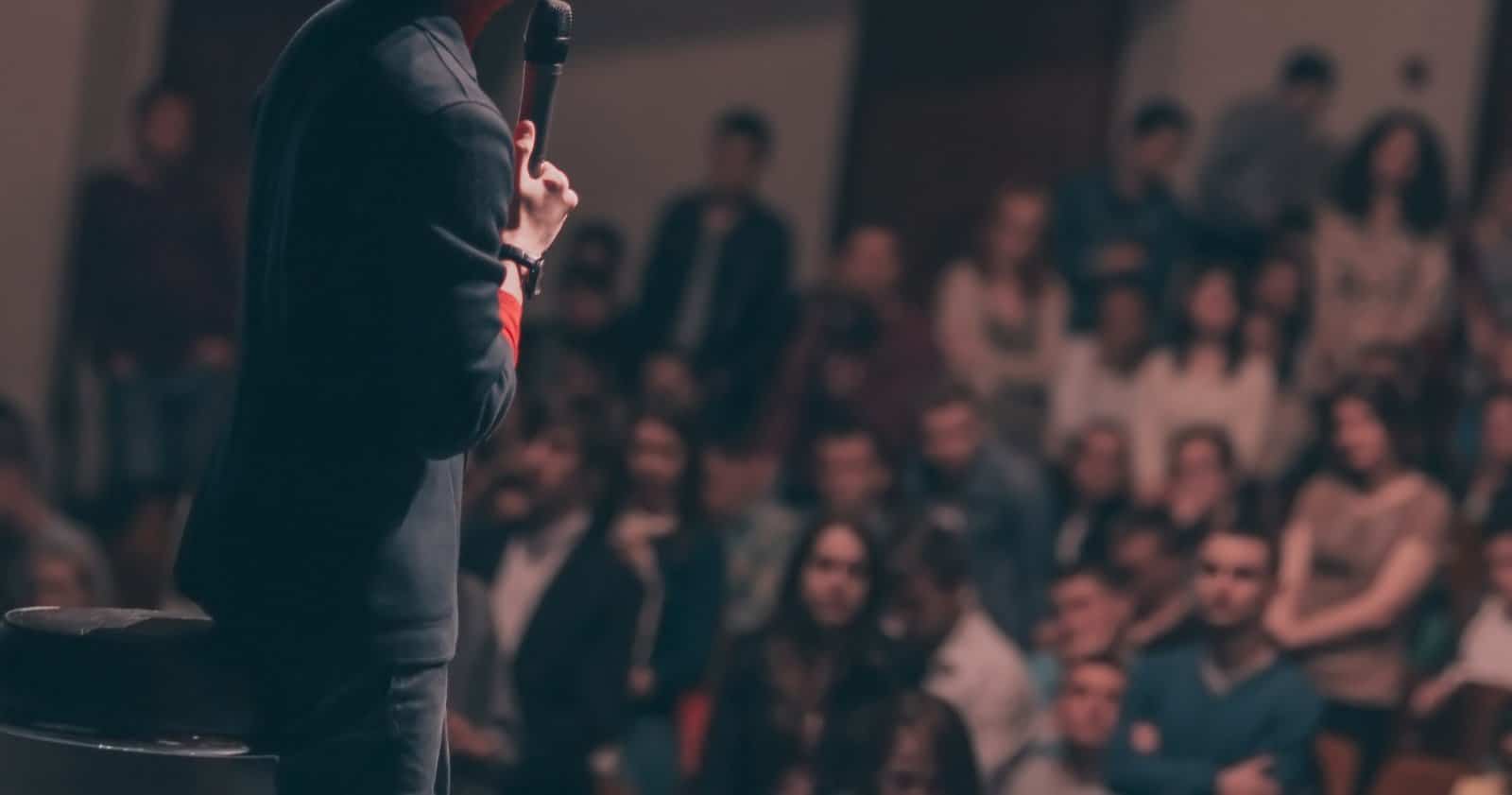
These troubling statistics come just a few years after the federal government launched its 2019 campaign to fight more vehemently against HIV, and eventually bring it to an end.
Ending HIV

Funding from the campaign has been poured into regions of the country with the highest rates of HIV infection. So far it has spent $2.2 billion and has targeted 57 districts with the highest rates and diagnoses.
No Plan to Address Disparities

However, there is no broader federal plan to address ethnic and cultural disparities among HIV-positive people. Instead, these cities and counties that receive campaign funding must create their own plans to target these issues.
Advocates and Experts Ring Alarms
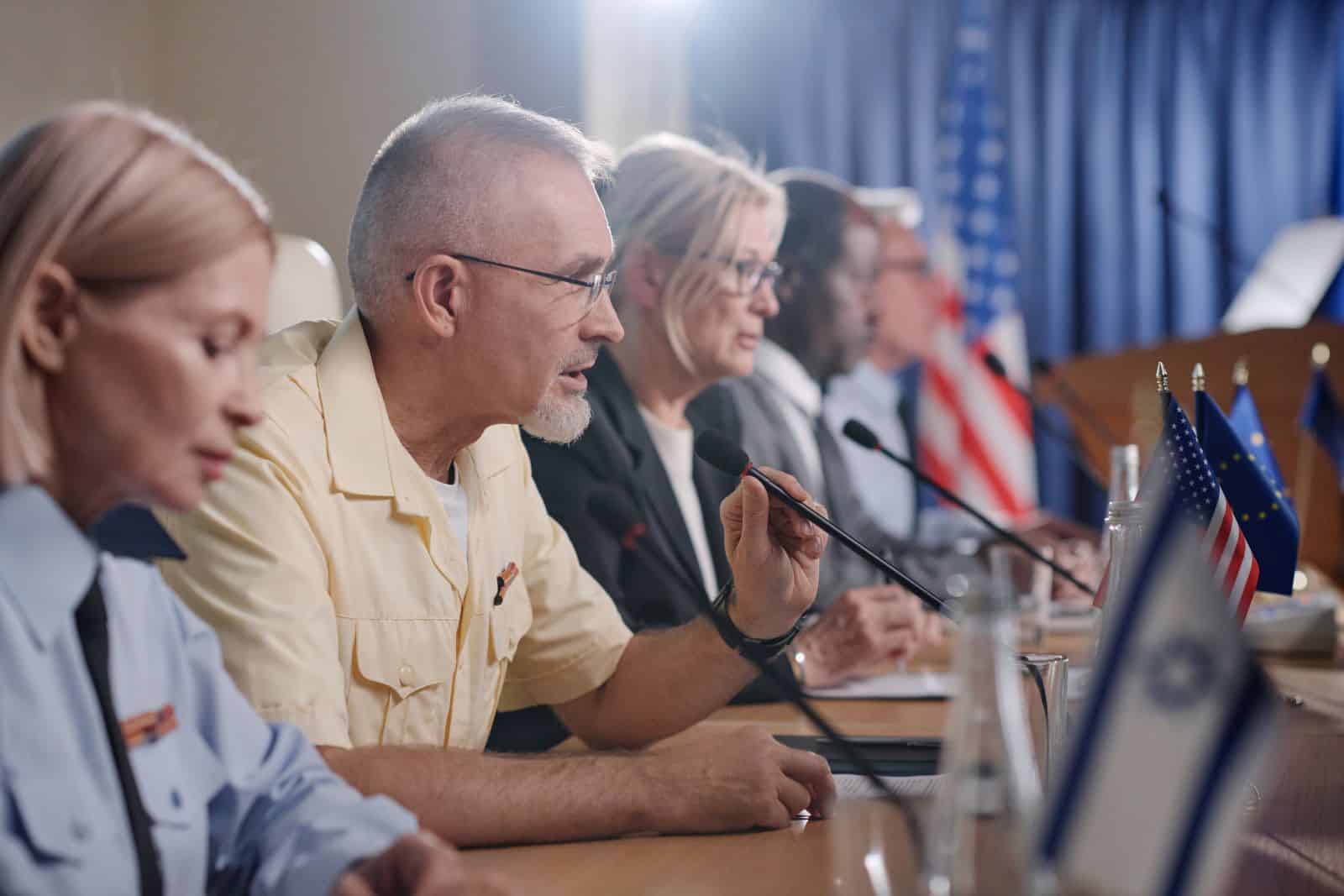
Now public health officials and advocates are calling for a number of amendments to improve funding distribution and adequately target disproportionately affected groups, including gay and bisexual Latino men.
More Targeted Approaches

These include more culturally considerate approaches, such as holding HIV testing at Latin club nights in cities and training more HIV testers who are fluent in Spanish.
Declaring Public Emergency

Advocates have also requested that the federal government declare a public emergency based on the CDC and KFF Health News-Associated Press data. Doing so could directly lead to targeted funding for Latino communities.
“Just an Afterthought”
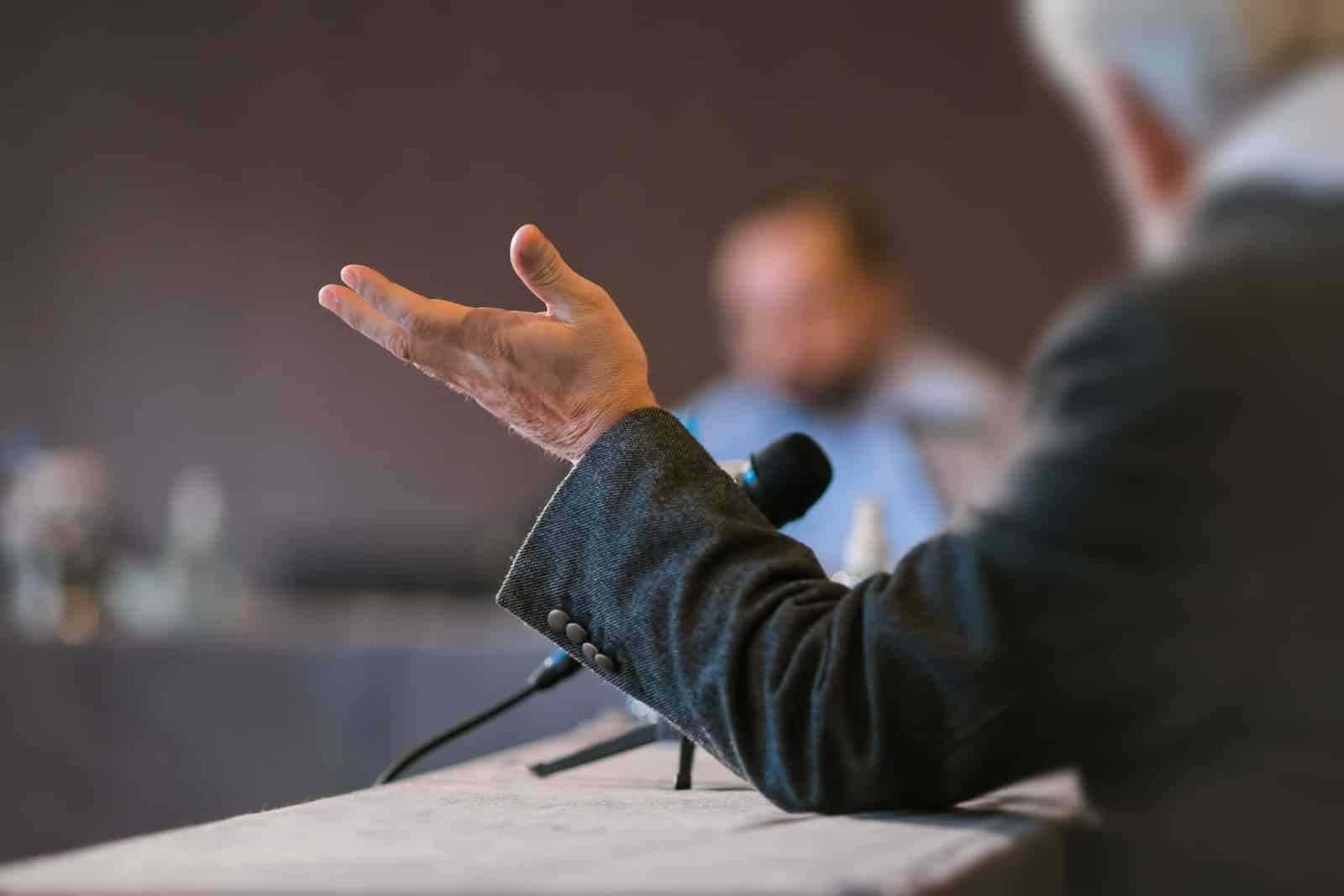
“At the core of it, if the organization is not led by and for people of color, then we’re just an afterthought,” said Andres Acosta Ardila, outreach director at HIV/AIDS non-profit Pineapple Healthcare.
“No Specific Campaigns”

Michelle Taylor, the director of Shelby County, Tennessee’s healthcare department, confirmed this, telling reporters: “There are no specific campaigns just among Latino people.”
New Changes Being Made

Some small changes are being made to address these discrepancies. Mecklenburg County, North Carolina (which has some of the highest rates of HIV infection for Latino men) has launched bilingual marketing campaigns for Pre-Exposure Prophylaxis (PrEP), a medicine that can prevent HIV.
More Spending Reports Required

Changes have also been made to spending reports, requiring more local and state health departments across the country to provide reports of how HIV funding is spent, starting on August 1.
21 Beliefs About the Bible That Are Actually False

The Bible is one of the most discussed and debated books in history, yet many common beliefs about it are more myth than fact. How many of these misconceptions have you heard before? 21 Beliefs About the Bible That Are Actually False
21 Subtle Racisms That Are Commonplace in America
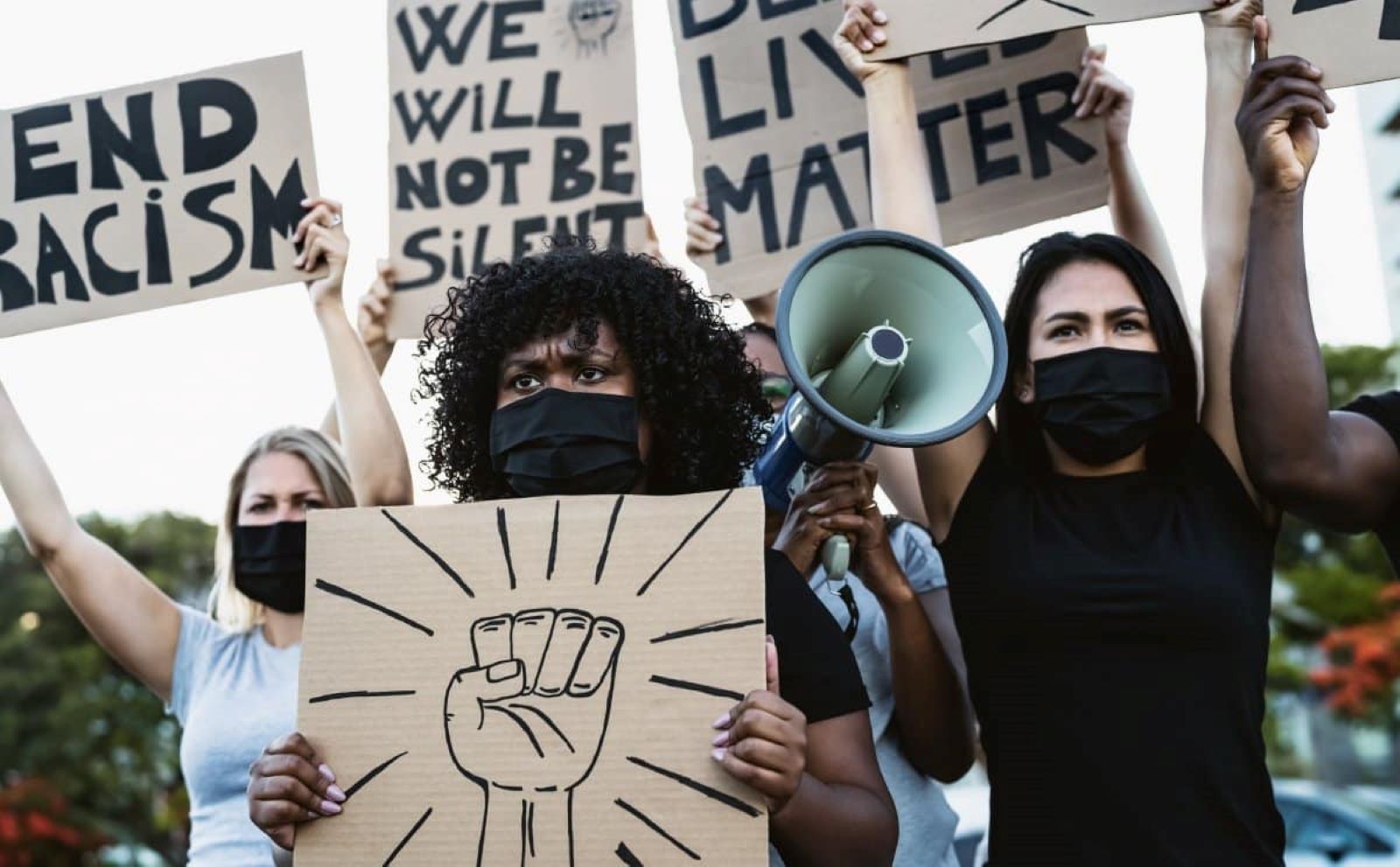
Racism in America isn’t always overt; it often hides in plain sight through subtle actions and attitudes. How many of these subtle racisms have you noticed around you? 21 Subtle Racisms That Are Commonplace in America
Only Legal in America: 21 Things You CAN’T Do in the Rest of the World
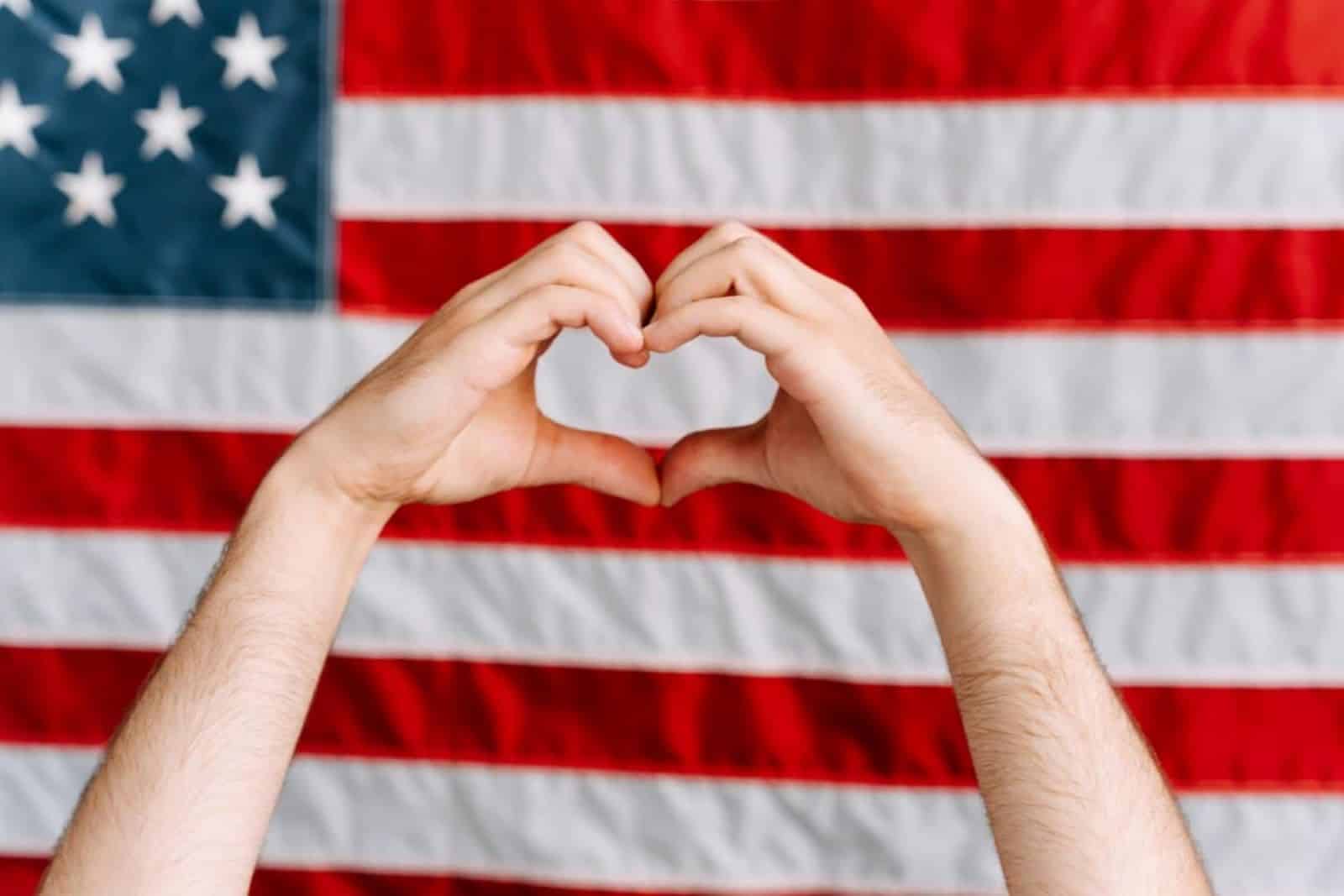
The U.S. dances to its own beat, especially when it comes to laws that make the rest of the world do a double-take. Here’s a lineup of things that scream “Only in America,” sticking strictly to what’s written in the law books. Ready for a tour through the American legal landscape that’ll leave you wondering if freedom might just be a bit too free? Only Legal in America: 21 Things You CAN’T Do in the Rest of the World
The post HIV Cases Are Rising Amongst One Group of Americans, Prompting Calls for Federal Funding first appeared on Pulse of Pride.
Featured Image Credit: Shutterstock / SubstanceTproductions.
For transparency, this content was partly developed with AI assistance and carefully curated by an experienced editor to be informative and ensure accuracy.

